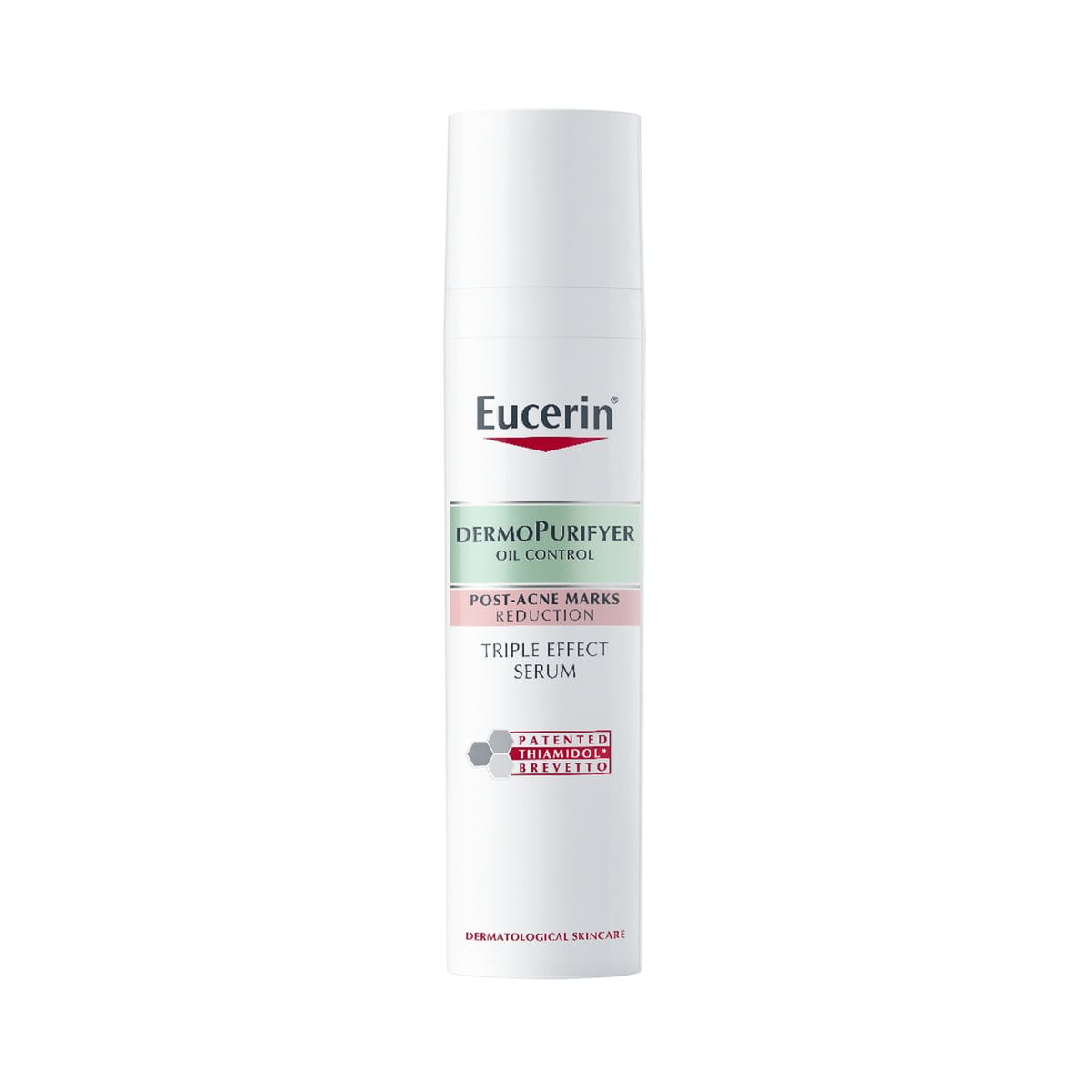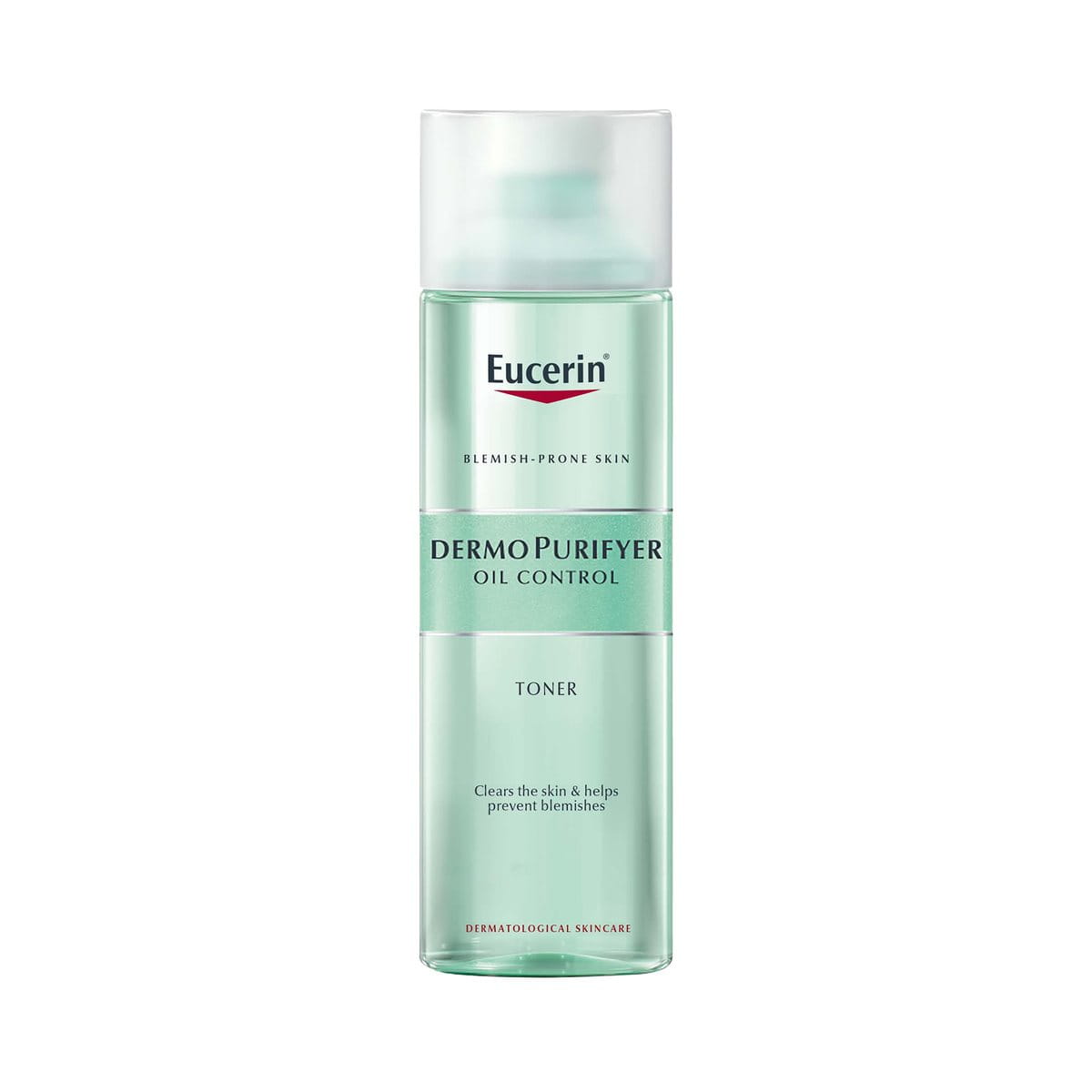Exfoliation makes it to every trending skincare routine, yet many never get it right. It’s either overdone, underdone, or not done at all. So, dive into this comprehensive, dermatology-backed, skincare guide that breaks down the high-risk and high-reward practice of exfoliation with a step-by-step guide on how to exfoliate skin.
Keynotes:
- Skin exfoliation is vital for removing dead skin cells, unclogging pores, and improving skin tone and texture.
- You can learn how to exfoliate skin using physical scrubs, chemical exfoliants (like AHAs, BHAs), or gentle enzymatic options depending on your skin type.
- The ideal frequency of skin exfoliation depends on your skin type. It could vary between 1 to 3 times a week based on your skin’s tolerance and product strength.
- Always follow post-care for skin exfoliation with moisturizers, humectants, and sun protection to prevent irritation and barrier damage.




